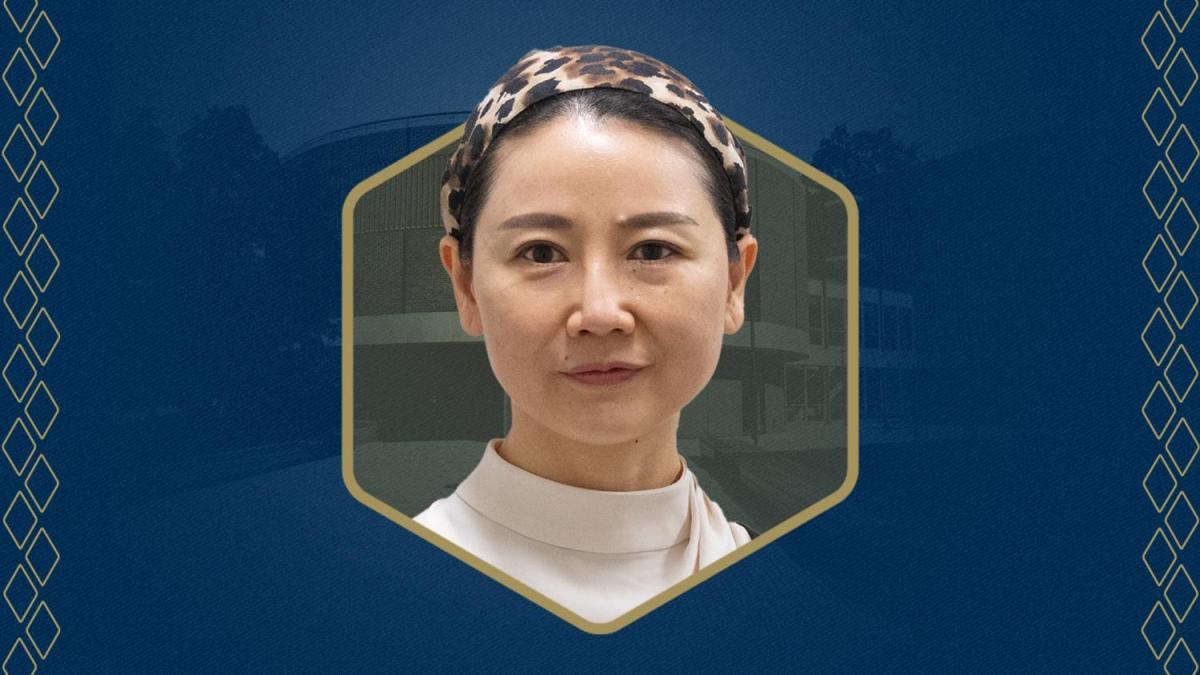
The Georgia Tech School of Electrical and Computer Engineering (ECE) proudly welcomes Jane Gu as the Ed and Pat Joy Endowed Professor. Jane brings extensive expertise in high-efficiency, low-power integrated circuits and systems, poised to advance millimeter-wave and terahertz technologies.
Get to know her below.
Jane Gu
Professor
TIG: Electromagnetics and Electronic Design and Applications
Tell us about yourself.
I earned my Ph.D. from the University of California, Los Angeles in 2007, and my academic journey has taken me through industry roles, postdoctoral research, and esteemed positions at the University of Florida and the University of California, Davis (UC Davis). At UC Davis, where I served until August 2024, I developed a robust research portfolio and am thrilled to bring my expertise to Georgia Tech.
What are your research interests?
My research is centered on advancing high-efficiency, low-power integrated circuits and systems, especially in millimeter-wave (mm-Wave) and terahertz (THz) frequencies. These technologies are critical for communication, radar, and imaging applications.
My work aims to unlock the full potential of the millimeter-wave and terahertz spectrum—an area with immense opportunities that remain underutilized. I am passionate about integrating advancements in devices, technologies, and packaging to drive innovation in this exciting field.
What research are you currently working on?
Currently, my research focuses on several cutting-edge areas:
• Terahertz sensing for high-resolution, reliable, and cost-effective circuits and systems.
• Millimeter-wave circuits and systems for next-generation wireless communications, including 6G.
• Millimeter-wave and terahertz imaging technologies.
• Terahertz interconnects.
What are some past accomplishments you are most proud of?
One of our most significant achievements is my group’s pioneering work in initiating and developing terahertz interconnect technology. This innovation has substantial potential to address longstanding challenges in data transmission and interconnects. In an era characterized by an unprecedented increase in data generation and exchange, the need for efficient interconnect solutions is crucial. Our contribution in this domain opens a new pathway for sustainable and scalable interconnects with high bandwidth density, enhanced energy efficiency, and low cost.
Another notable accomplishment is that my group is pioneering mm-wave/THz passive imaging in silicon technologies. Passive imaging, detecting blackbody radiation without requiring an active source, is highly advantageous for applications demanding low power consumption and stealth operations. The mm-Wave/THz passive imaging complements infrared counterparts due to its unique features, such as the ability to penetrate objects, and is insensitive to ambient light and weather conditions. These capabilities expand the potential applications of passive imaging into new and innovative areas.
What excites you most about joining Georgia Tech ECE?
The prospect of joining Georgia Tech ECE is incredibly exciting due to the vibrant and collaborative research environment. I am eager to engage with a diverse array of talented and ambitious students, collaborate with esteemed colleagues, and take advantage of Georgia Tech’s outstanding facilities.
What are your interests/hobbies outside of the classroom?
Outside of my professional endeavors, I enjoy a variety of activities including reading, listening to music, watching films, and staying active through exercise. These interests help me maintain a balanced and fulfilling life.
Related Content
ECE Welcomes Four New Faculty Members
The group brings a wealth of experience and expertise on a wide range of topics, including energy, machine learning, and bioelectronics.
Hernandez-Mejia Appointed Interim Director of NEETRAC
Hernandez-Mejia, who has worked at ECE’s National Electric Energy Testing, Research, & Applications Center (NEETRAC) since 2017, brings extensive experience to the member-driven electric utility research center.

